First aid for hazardous marine life injuries
First aid for hazardous marine life injuries
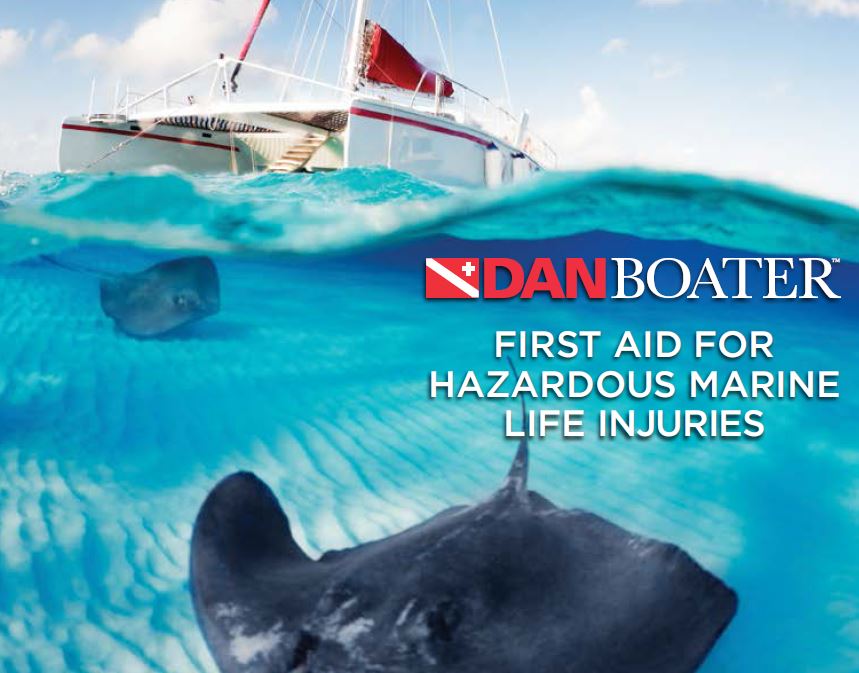
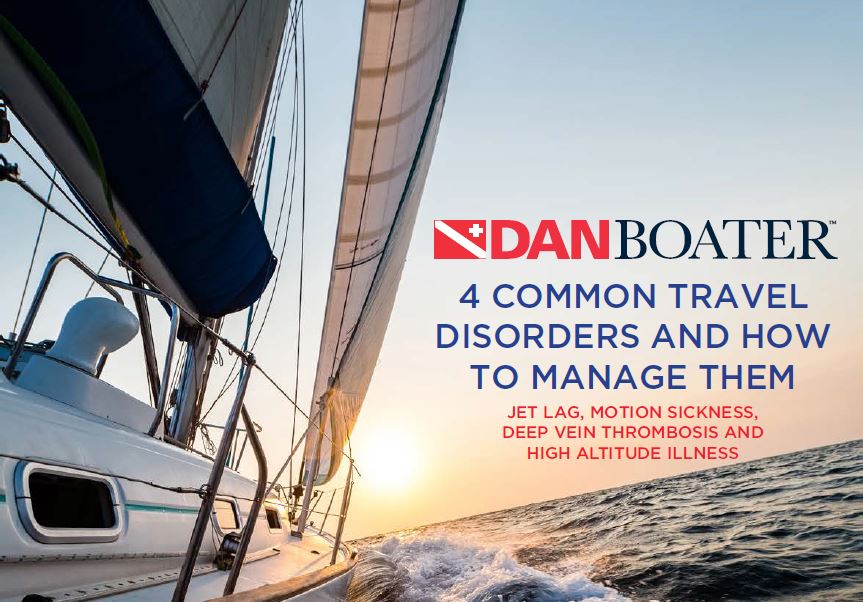
4 Common travel disorders and how to manage them
Jet lag, motion sickness, deep vein thrombosis and high altitude illness
Read more “4 Common travel disorders and how to manage them”
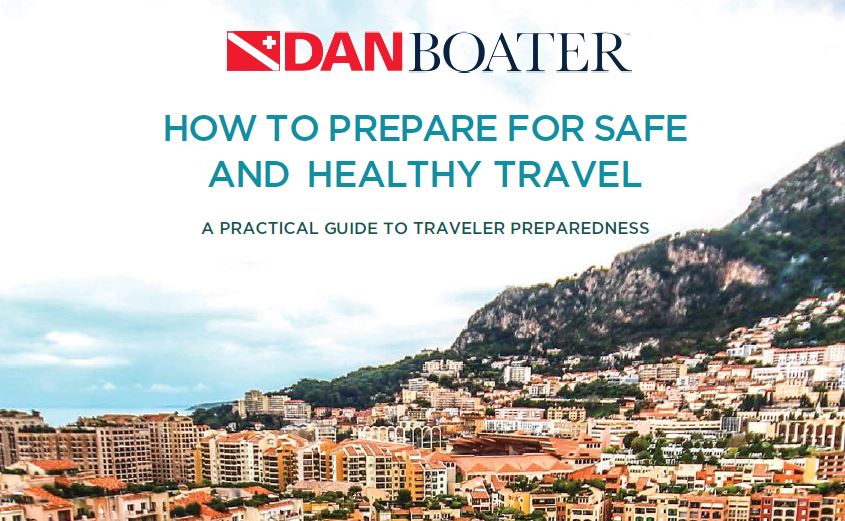
How to prepare for safe and healthy travel
A Practical guide to traveler preparedness
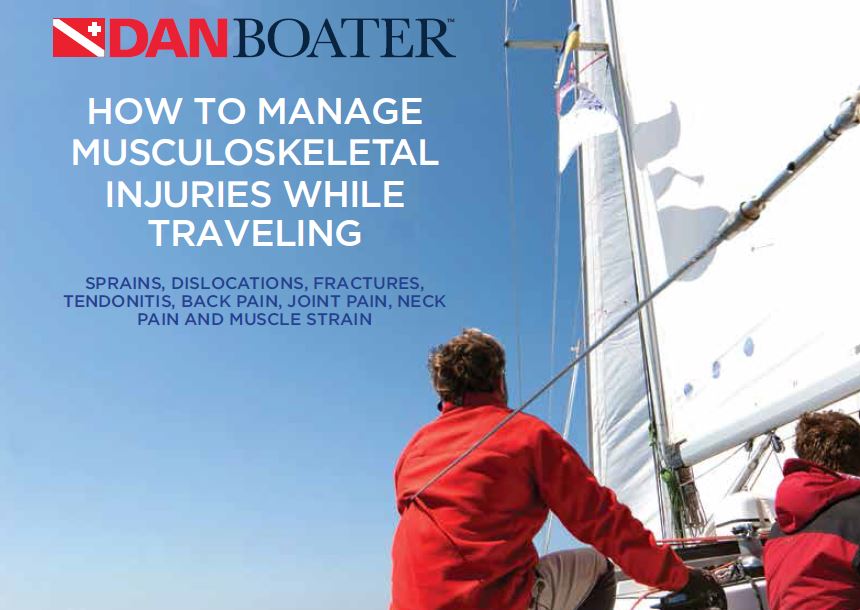
How to manage musculoskeletal injuries while traveling
Sprains, dislocations, fractures, tendonitis, back pain, joint pain, neck pain and muscle strain
Read more “How to manage musculoskeletal injuries while traveling”
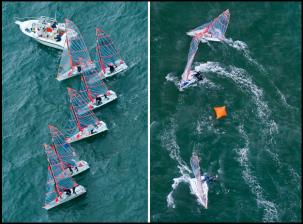

Recently when thinking about how racers utilize time and distance, I customized a chart to use as a reference for 1 minute of sailing from either a starting line or a mark. The purpose was to help with both starting proficiency and with estimating the length of a starting line.
Read more “Use of a Time and Distance Chart for Starting and Mark Roundings”
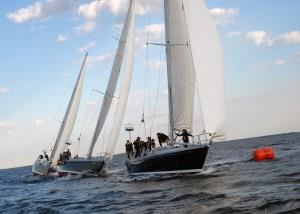
The seemingly increasing demands of modern life on competitor’s time can make practice sessions very difficult to schedule with a full team – inevitably someone’s schedule does not work with the desired date.
Based on the Navigation Rules International – Inland (Commandant Instruction M16672.2D, 1999)
Read more “Abbreviated Guide To Navigation Rules Of the Road”
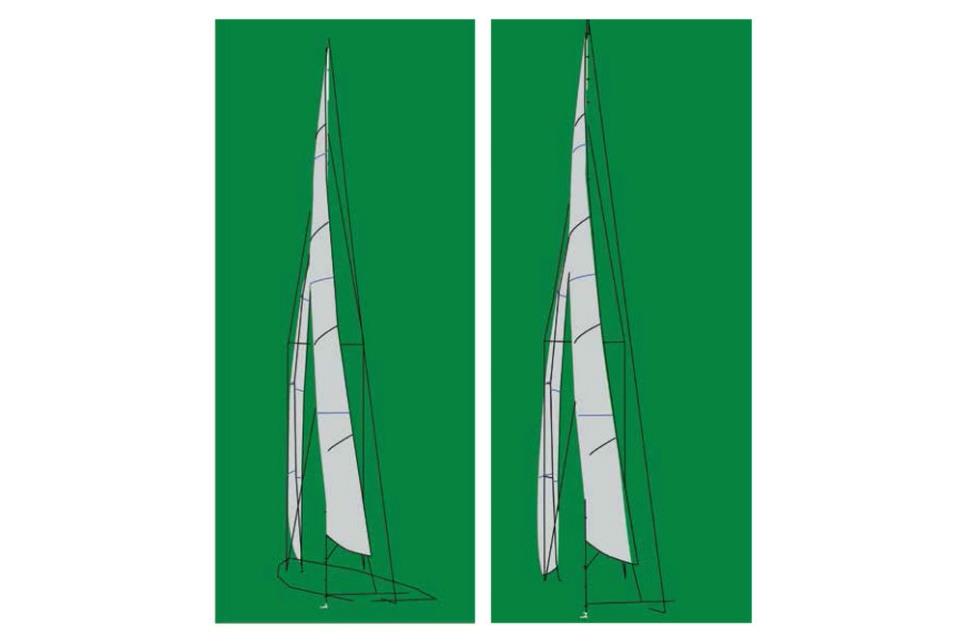
Learning the ins and outs (and fore and aft) of jib leads will help you maximize the performance of your headsail.
The jib lead’s fore and aft movement changes foot depth. A simulation using North Sails’ Flow/Membrane software shows the effect of moving the lead aft, which flattens the bottom of the jib. The simulation at right shows the effect of the lead moving forward, powering up the bottom. In both cases, the change in depth continues up the jib, gradually having less impact until, about halfway up, there’s little noticeable difference.
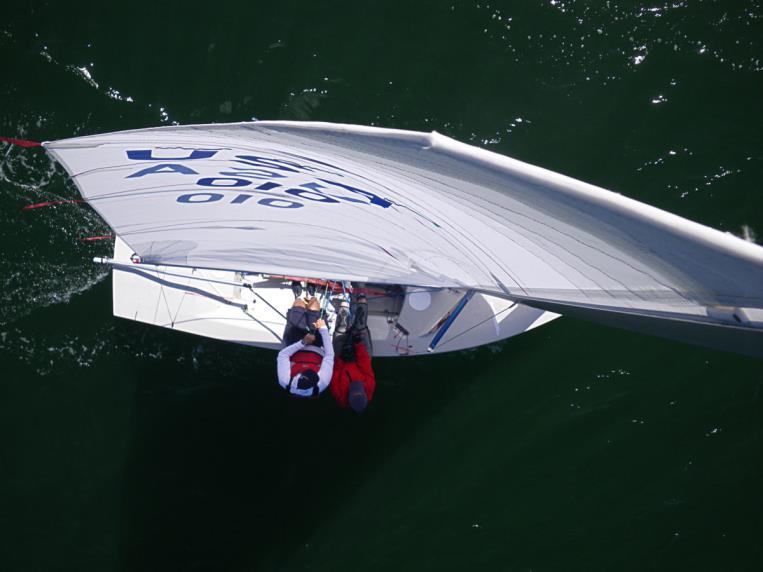
North Expert Skip Dieball Offers Three Ways To Improve Helm Balance From Sails And Foils, And Increase Your Speed Upwind
Racing dinghies and keelboats alike, a key to speed is maintaining a balanced helm upwind. All sailboats have a different feel when you steer them. Some have a naturally heavy windward helm, and some have very neutral or sometimes even leeward helm. All things being equal, your goal is to sail with little windward helm, which makes the boat more enjoyable to sail and, more importantly faster, through the water. To achieve that balanced state, you have a lot of tools above the rails that you can use.
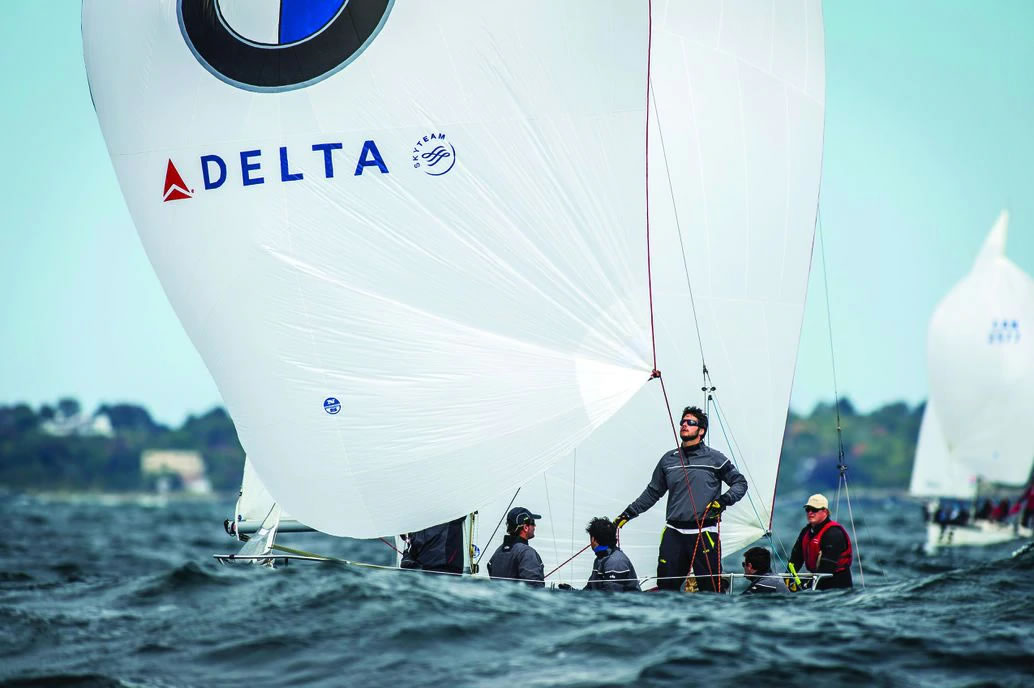
In the previous issue we visited Cornell University’s wind tunnel to see how wind flows around an asymmetric spinnaker. We learned a lot, of course, especially the importance of being dynamic with our trim, so we went back to the tunnel to explore some key points of symmetric spinnaker flow and trim.